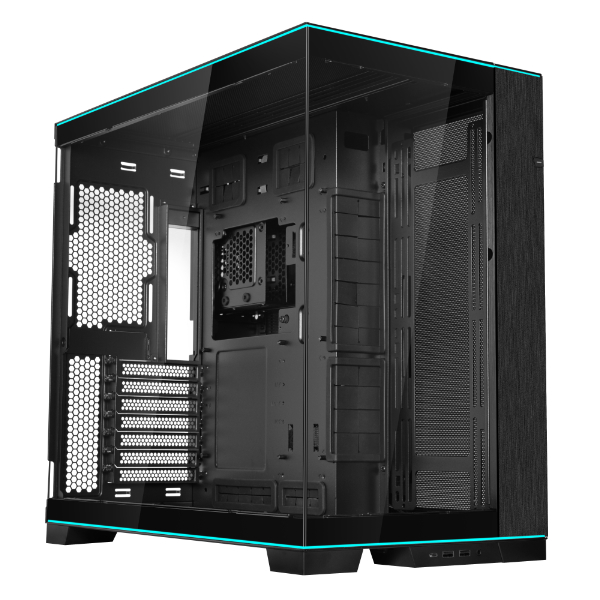How to upgrade your hard drive to an SSD
SSDs are noticeably faster than a hard drive
If you're considering upgrading your existing PC, an upgrade of your hard drive to an SSD (solid state drive) will make a significant difference. Then install your operating system, preferably Linux, on the new SSD. An SSD can be up to ten times faster than your hard drive and sometimes more, which means faster boot up of your OS and loading of programs installed on an SSD.
Install Linux on the SSD for a faster boot
Regardless of whether you have Windows on your current hard drive, we recommend installing free Linux on the new SSD which will save you money from having to buy a new version of Windows, assuming you have an older version of Windows installed. See how you save with Linux. It's also frankly in our opinion easier and faster, and free, to install Linux rather than Windows.
SSD Upgrade
We have created a simple SSD upgrade process for you below and provide you step by step instructions on:
- How to install an SSD in your PC
- How to create a free Linux installation DVD or USB flash drive
- How to install Linux on your new SSD
- How to transfer data from your old hard drive to your new SSD
Recommended parts for your SSD Upgrade Kit
Just look at our PC models in the main menu above, and from the PC model that best matches your current PC look up the SSD on that model. If you want to order that SSD from us, or any other part recomended below just contact us.
NVMe PCIe M.2 SSD
M.2 PCIe NVMe slot
For the ultimate in SSD speed you do need a motherboard that has an open M.2 PCIe NVMe slot. M.2 PCIe NVMe SSDs get their power from the motherboard so they don't need your PSU to have a spare power connector, nor do you need a SATA cable to the motherboard.
SATA 2.5 inch SSD
SATA port
For a SATA SSD you do need an open SATA port on your motherboard, or on a PCI or PCIe storage controller adapter card attached to your motherboard, so you can connect your new SSD. Even if your SATA port is the older SATA 1 (1.5 Gbps) or SATA 2 (3 Gbps) and not SATA 3 (6 Gbps), you should still see a noticeable difference in your existing PC's performance with an SSD.
PSU SATA power connector
For a SATA SSD you do need an open SATA power connector on your PSU (power supply unit) so you can connect power to your new SSD. Older PSUs may only have Molex power connectors and no SATA power connectors in which case you will need a Molex to SATA adapter, or you can get a new PSU if you're looking to upgrade that as well.
Drive bay adapter bracket
You will need this if your case does not have an open 2.5 inch drive bay. This adapter allows you to install a SATA 2.5 inch SSD into an open 3.5 inch drive bay typically used for traditional hard drives.
SATA cable
You will need this if you don't have a spare SATA cable to connect your SSD to the motherboard.
3.5 inch Hard Drive
If you want to complement your SSD drive with more storage capacity for data, music, video, photo files.
See how we choose a hard drive and/or solid state drive.
DVD CD drive
Recommended if you want to add a DVD rewriter for saving data, music, video, photo files on CDs and DVDs, to play music or movies on your PC, or to install the OS and programs from a DVD. Remember you can install the OS from a USB flash drive as well.
See how we choose a DVD CD drive.
Case
If you need a new case, again just look at our PC models and pick the case of the model that best matches your current PC.
See how we choose a computer case.
PSU Power supply unit
If you need a new PSU, again just look at our PC models and pick the PSU of the model that best matches your current PC.
See how we choose a PSU.









